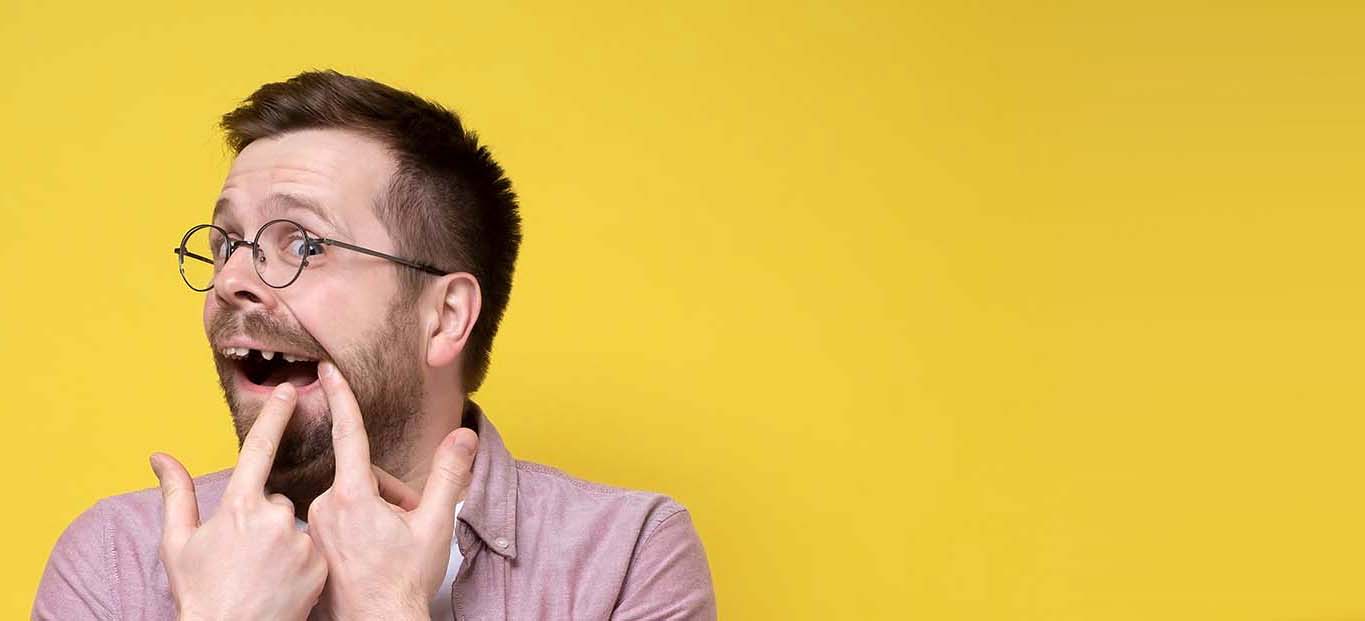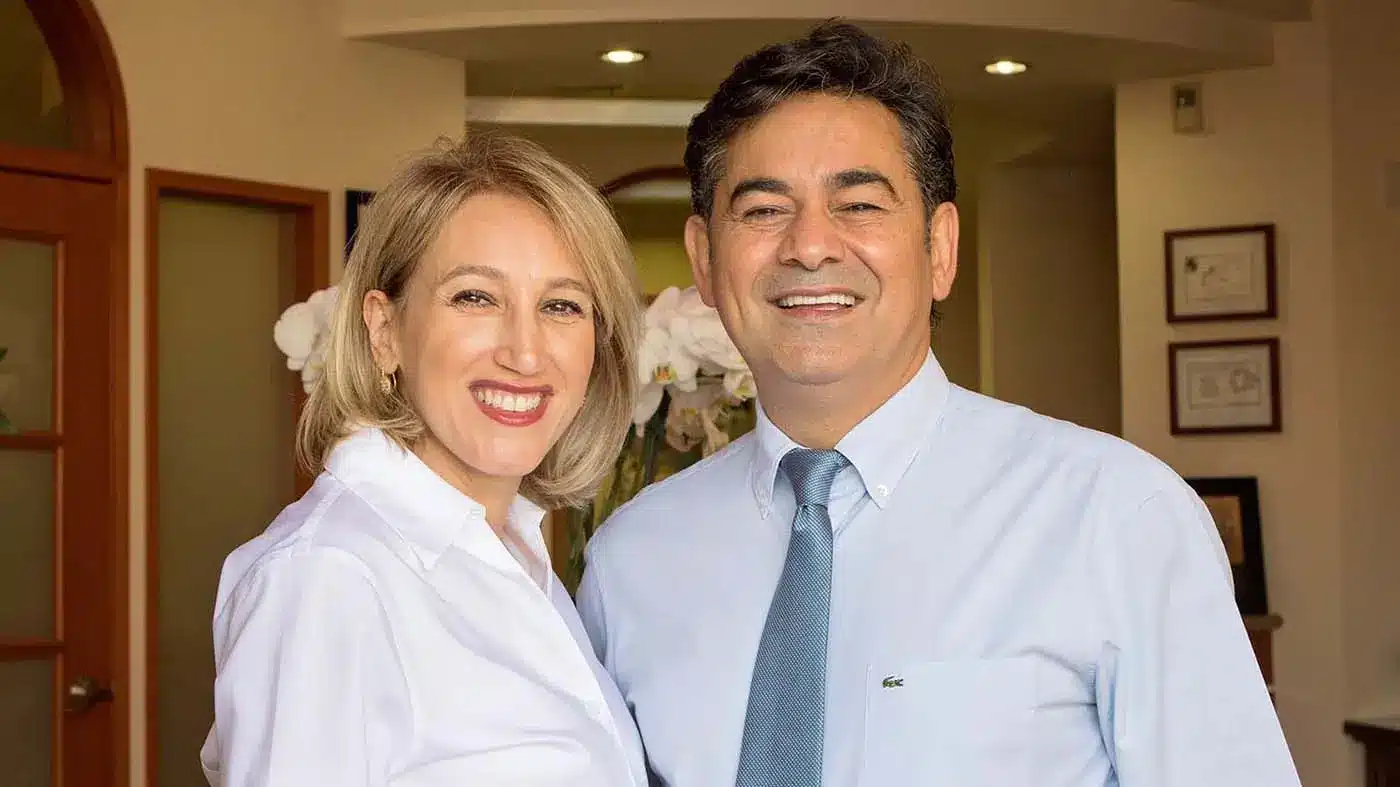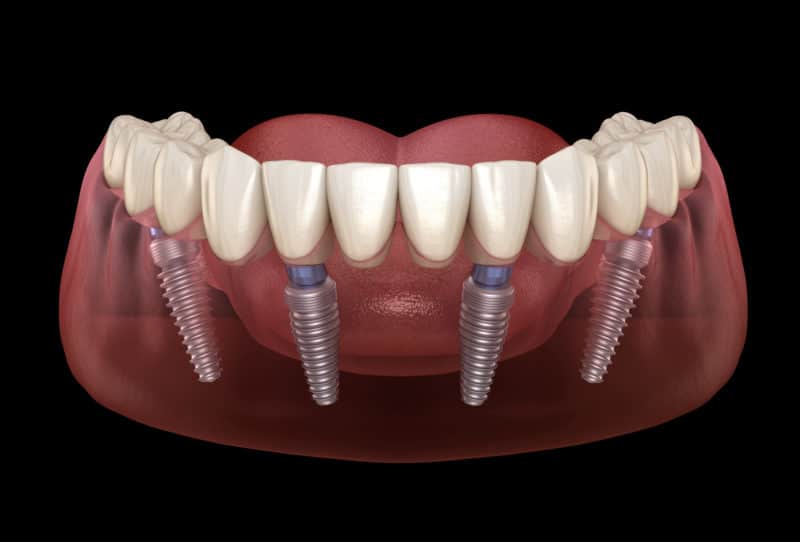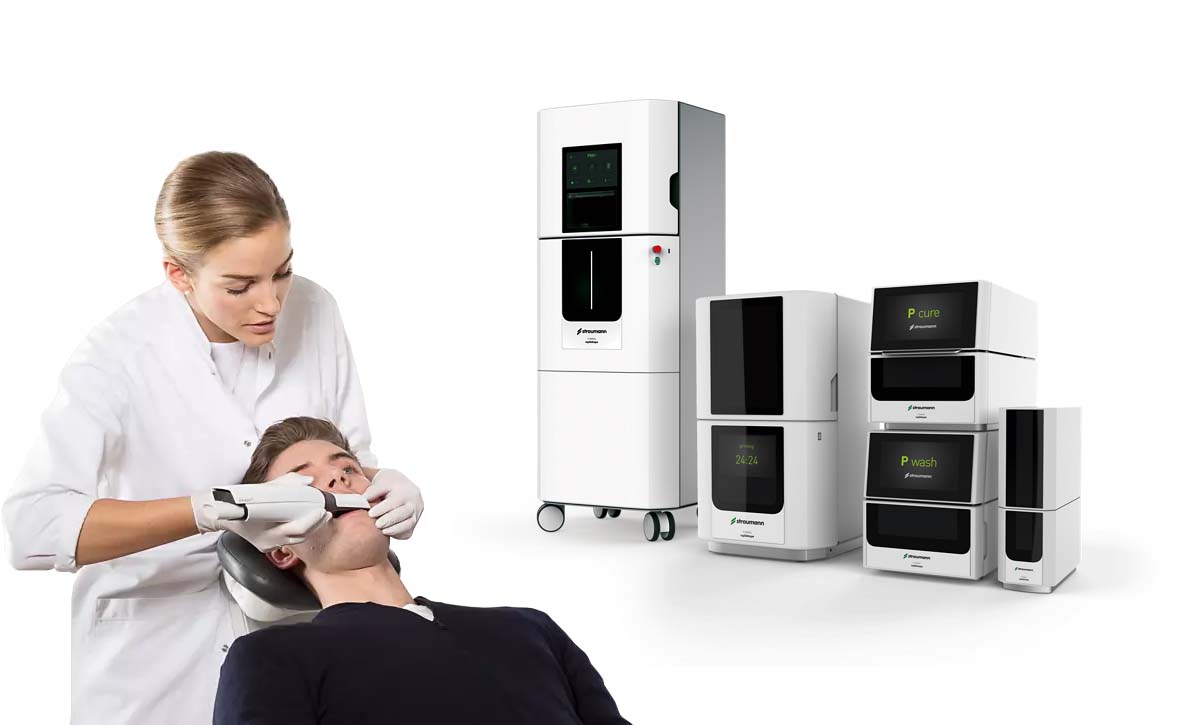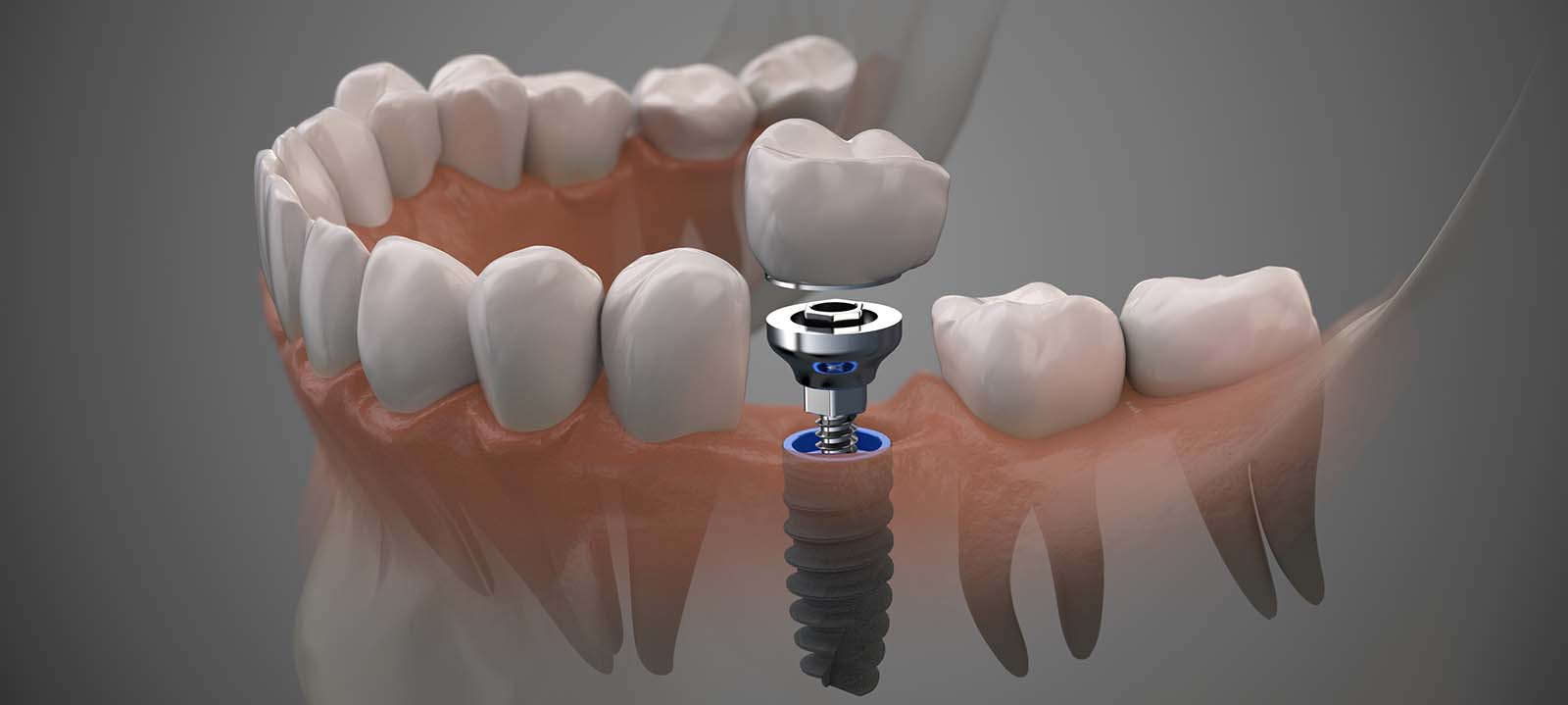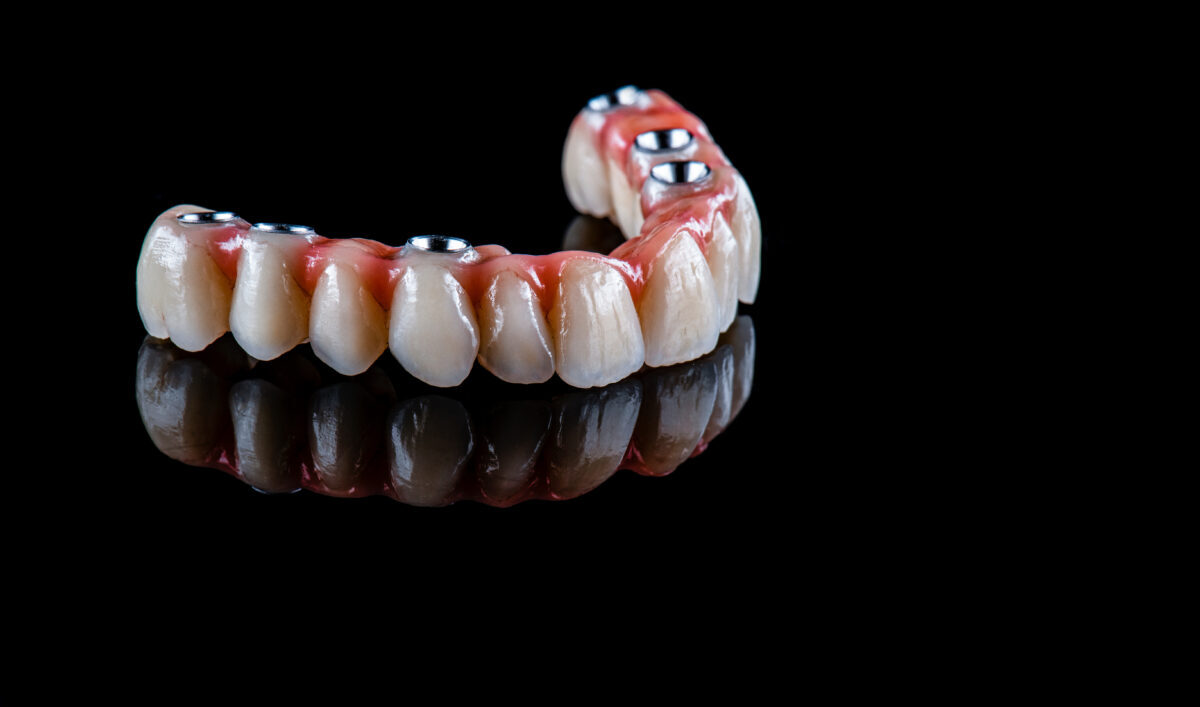At Southland Dental Care, we’re committed to helping our Los Angeles patients achieve optimal oral health and a beautiful, confident smile. One of the comprehensive solutions we offer is Full Mouth Rehabilitation, a transformative procedure that addresses complex dental issues and significantly improves both function and aesthetics. An essential component of this process often involves bone grafting, particularly when dental implants are part of the treatment plan.
Bone grafting is a remarkable advancement in dentistry, providing a platform for stronger, healthier smiles even in cases of significant bone loss. The procedure forms a crucial step towards successful placement of dental implants, especially for full arch and full mouth cases.
In this article, we aim to elucidate the critical role bone grafting plays in full mouth rehabilitation. We’ll guide you through the process from start to finish, explaining why bone grafting is necessary, what the procedure entails, and the transformative benefits it brings to the overall rehabilitation process. Whether you’re considering a full mouth rehabilitation or are just curious about the procedure, we invite you to explore this comprehensive guide to better understand the journey to a renewed, radiant smile.
Full Mouth Rehabilitation, often referred to as full mouth reconstruction or restoration, is a comprehensive approach to dental care for patients who suffer from extensive dental problems that require more than one type of dental procedure.
At its core, Full Mouth Rehabilitation is a highly customized treatment plan that involves a combination of restorative, periodontal, and cosmetic dentistry procedures to address and improve the health, functionality, and appearance of the patient’s teeth and gums.
This restorative journey can involve a wide array of treatments, including but not limited to dental crowns, bridges, inlays and onlays, dental implants, bone grafting, gum grafting, orthodontics, veneers, and teeth whitening. The objective of Full Mouth Rehabilitation is to not only restore the oral health of the patient but also to enhance the aesthetic appeal of their smile, and in many cases, improve their overall quality of life.
Understanding Full Mouth Rehabilitation
Full Mouth Rehabilitation is often the preferred course of action for individuals who have extensive dental issues. This can include severe tooth decay, tooth loss, chronic tooth pain, advanced periodontal disease, malocclusion (bad bite), TMJ disorders, and even cosmetic concerns such as severe staining or disproportionate teeth.
At Southland Dental Care in Los Angeles, we are dedicated to providing comprehensive dental solutions tailored to each patient’s unique needs. Our experienced team is well-versed in managing complex dental cases, and we use advanced technology and techniques to achieve the best possible outcomes. If you believe you may benefit from Full Mouth Rehabilitation, we invite you to reach out to us for a consultation.
Why Bone Grafting is Crucial in Full Mouth Rehabilitation
In the journey towards a revitalized smile through Full Mouth Rehabilitation, bone grafting often emerges as a crucial step. This procedure is typically necessary for patients who have suffered bone loss in the jaw, a common occurrence in cases of periodontal disease, long-term tooth loss, or trauma.
Bone loss in the jaw can lead to several complications, including changes in facial structure, difficulties with speech and eating, and most importantly for our purposes, challenges in the placement of dental implants. Dental implants, which form an integral part of many Full Mouth Rehabilitation plans at Southland Dental Care, require a sufficient quantity and quality of bone for secure anchorage and optimal function.
Bone grafting in Los Angeles involves the transplantation of bone tissue to the area of deficiency, providing a platform for the growth of new, healthy bone. This regenerated bone then creates a sturdy foundation for the placement of dental implants, thereby contributing significantly to the success of Full Mouth Rehabilitation.
Moreover, bone grafting not only makes dental implant placement possible but also contributes to the aesthetic outcome of full mouth restoration. By restoring the jawbone to its optimal dimension, bone grafting helps maintain the natural contour of the face and oral cavity, providing patients with not just a functional but also a visually appealing result.
At Southland Dental Care, we are equipped with state-of-the-art technology and an experienced team of professionals to guide you through the bone grafting process. As part of our commitment to comprehensive dental care in Los Angeles, we aim to ensure your journey towards a radiant, healthy smile is as comfortable, efficient, and successful as possible.
Demystifying Bone Grafting: A Vital Step in Dental Restoration
In the realm of advanced dental care, bone grafting stands as a pivotal procedure that paves the way for more comprehensive treatments like dental implants. Spearheaded by experienced professionals like Dr. Hanookai at Southland Dental Care, this procedure aims to rebuild and regenerate bone in areas of deficiency, creating a strong and healthy foundation for further dental work.
So, what exactly is bone grafting? Essentially, it’s a surgical procedure that involves the transplantation of bone tissue to an area of the jaw that has lost bone. This loss could be due to various factors such as periodontal disease, long-term tooth loss, or injury. The transplanted bone graft material encourages the body to rebuild the lost bone and tissue, eventually leading to the growth of new, healthy bone.
Bone grafts can come from several sources. Autografts are derived from the patient’s own body, usually from another site in the mouth or from the hip or tibia. Allografts, on the other hand, are human grafts procured from a tissue bank. Xenografts are derived from an animal source, typically bovine, while alloplasts are synthetically produced. The choice of graft depends on several factors, including the patient’s health condition, the extent of bone loss, and the specific requirements of the subsequent dental procedure.
The role of bone grafting in enabling dental implant placement cannot be overstated. Dental implants, an integral part of many Full Mouth Rehabilitation plans, require a robust amount of bone for secure anchorage. By augmenting the jawbone, bone grafting sets the stage for successful and lasting implant placement.
With an accomplished team led by Dr. Hanookai, Southland Dental Care in Los Angeles is well-equipped to carry out bone grafting procedures. Our dedication to cutting-edge technology and patient comfort ensures that your journey towards a renewed smile is in capable hands.
Navigating the Bone Grafting Journey: Step-by-Step
At Southland Dental Care, we believe in guiding our patients through their dental restoration journey, offering transparency and detailed explanations of all procedures. The bone grafting process, a key element in many full mouth rehabilitation cases, is no exception. Led by the skilled and experienced Dr. Hanookai, our team is dedicated to providing comprehensive care from the initial consultation to post-operative follow-up. Here’s a step-by-step walkthrough of the bone grafting process.
- Initial Consultation: Your journey begins with an in-depth consultation at our Los Angeles clinic. This includes a thorough examination of your oral health, using cutting-edge imaging technology to accurately assess the extent of bone loss. Dr. Hanookai will discuss the bone grafting procedure, explore graft options, and tailor a treatment plan to your specific needs.
- Pre-Surgical Preparation: Once the treatment plan is agreed upon, preparation for surgery begins. This might involve a thorough dental cleaning and may also include preoperative instructions about diet, medication, and lifestyle. The aim is to ensure optimal health and readiness for the procedure.
- Bone Graft Surgery: The surgery is performed under anesthesia for patient comfort. Dr. Hanookai begins by making an incision in the gum tissue to expose the bone area that requires grafting. The chosen bone graft material is then placed at the site of bone deficiency.
- Graft Stabilization: A membrane is often placed over the graft to guide bone regeneration and prevent soft tissue and bacterial infiltration. The gum is then sutured over the graft.
- Post-Operative Care: Post-operative instructions are given to help manage discomfort and ensure proper healing. This includes advice on diet, oral hygiene, and activity levels. Medication may also be prescribed to manage pain and prevent infection.
- Healing Period: The bone graft will need time to fuse with the existing bone and stimulate new bone growth. This healing process can take several months, during which regular check-ups will be scheduled to monitor progress.
- Implant Placement: Once sufficient healing and bone regeneration have occurred, the dental implant procedure can be planned and executed. The new, robust bone should provide a strong foundation for implant placement, a critical step towards achieving your rehabilitated smile.
Navigating the bone grafting process may seem complex, but with the guidance of experienced professionals like Dr. Hanookai and the team at Southland Dental Care, you can rest assured that your journey towards oral health restoration is in capable hands.
From Bone Grafting to Full Mouth Rehabilitation: The Post-Grafting Journey
Following a successful bone grafting procedure at Southland Dental Care, patients embark on the next phase of their journey towards Full Mouth Rehabilitation. Dr. Delaram Hanookai, renowned for her expertise in advanced dental restoration, oversees this critical transition ensuring seamless progress towards a fully restored smile.
Once the bone graft has successfully integrated with the existing bone— a process that can take several months— it creates a robust foundation for subsequent restorative procedures, the most common being the placement of dental implants.
Dental implants are essentially artificial tooth roots made from biocompatible materials, designed to support a dental prosthesis such as a crown, bridge, or denture. With their unrivaled stability and natural appearance, dental implants represent a significant leap towards achieving the objectives of Full Mouth Rehabilitation, which are the restoration of oral function, health, and aesthetics.
The dental implant placement process is carried out in stages. Dr. Hanookai starts by placing the dental implant into the regenerated bone. This is then left to heal and integrate with the bone in a process called osseointegration. Following successful osseointegration, an abutment is attached to the implant, which serves to hold the dental prosthesis. Finally, the custom-made dental prosthesis— shaped, sized, and colored to match the patient’s natural teeth— is affixed to the abutment, completing the dental implant restoration.
It’s important to note that while dental implants are often a significant part of Full Mouth Rehabilitation, they may not represent the entirety of a patient’s treatment plan. Other procedures such as periodontal therapy, orthodontics, or cosmetic enhancements may also be part of the comprehensive approach taken at Southland Dental Care in Los Angeles.
Throughout this journey, our dedicated team at Southland Dental Care remains committed to providing the highest level of care. Regular follow-ups, personalized care, and meticulous attention to detail ensure that every patient’s path towards Full Mouth Rehabilitation is as smooth and rewarding as possible. Our goal is to see our patients leave our clinic with not just a restored smile, but restored confidence and improved quality of life.
The Transformative Impact of Bone Grafting in Full Mouth Rehabilitation
The impact of bone grafting on Full Mouth Rehabilitation is multifaceted and transformative. By restoring lost bone in the jaw, bone grafting sets the foundation for a series of improvements in oral health, functionality, and aesthetics.
Firstly, bone grafting facilitates the successful placement of dental implants. These implants not only replace missing teeth but also function like natural roots, stimulating the jawbone and preventing further bone loss. This is crucial for maintaining facial structure and oral health.
In terms of functionality, dental implants restore a patient’s ability to eat and speak comfortably and naturally. Moreover, by providing a solid anchor for dental prostheses, they offer superior stability and comfort compared to traditional dentures or bridges.
Aesthetically, Full Mouth Rehabilitation via bone grafting and dental implants can significantly enhance a patient’s smile. By replacing missing teeth and preserving facial structure, the procedure contributes to a more youthful, confident appearance.
Conclusion
In summary, the role of bone grafting in Full Mouth Rehabilitation is instrumental. It allows for the successful placement of dental implants, which are key to restoring oral health, function, and aesthetics. With the expertise of Dr. Hanookai and the dedicated team at Southland Dental Care, patients navigating this journey can look forward to a transformed, revitalized smile and an improved quality of life.
Again, the bolded terms are intended as SEO keywords and need not be bolded in the final article. Ensure they are naturally integrated into your text.







